Người Kalmyk
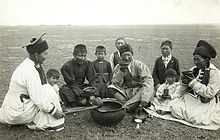 | |
| Tổng dân số | |
|---|---|
| 648.100 [1] | |
| Khu vực có số dân đáng kể | |
| 183.372[1][2] | |
| 261.000[1] | |
| 194.000[1] | |
| 12.000[3] | |
| 325 [4] | |
| Ngôn ngữ | |
| Tiếng Kalmyk, tiếng Nga | |
| Tôn giáo | |
| Chủ yếu là Phật giáo Tây Tạng Thiểu số theo Chính Thống giáo ở Nga[5] Đa số theo Hồi giáo Sunni ở Kyrgyzstan Phật giáo Tây Tạng ở Ukraine | |
| Sắc tộc có liên quan | |
| Người Mông Cổ | |
Người Kalmyk (tiếng Kalmyk: Хальмгуд, Xaľmgud, tiếng Mông Cổ: Халимагууд, đã Latinh hoá: Halimaguud, tiếng Nga: Калмыки, đã Latinh hoá: Kalmyki) là một nhóm người Oirat mà tổ tiên đã di cư đến Nga từ Dzungaria năm 1607.
Người Kalmyk đã từng thành lập và xây dựng Hãn quốc Kalmyk ở lãnh thổ Bắc Kavkaz từ năm 1630–1724. Ngày nay họ chiếm đa phần dân cư của nước cộng hòa tự trị Kalmykia bên bờ tây biển Caspi. Với sự di cư, những cộng đồng người Kalmyk nhỏ đã xuất hiện ở Hoa Kỳ, Pháp, Đức, và Cộng hòa Séc.[6] Họ được xem là người Mông Cổ theo phân loại rộng.
Theo Joshua Project năm 2019 tổng số người Kalmyk-Oirat là 648 ngàn, có mặt ở 7 quốc gia.[1]
Tham khảo
[sửa | sửa mã nguồn]- ^ a b c d e Ethnic People Group: Kalmyk-Oirat. Joshua Project, 2019. Truy cập 30/12/2020.
- ^ Итоги ВПН 2010 Lưu trữ 2020-04-30 tại Wayback Machine All Russian census, 2010
- ^ “PRESIDENT.MN”. Bản gốc lưu trữ ngày 6 tháng 12 năm 2016. Truy cập ngày 4 tháng 12 năm 2016.
- ^ State statistics committee of Ukraine – National composition of population, 2001 census (Ukrainian)
- ^ Содномпилова, М.М.; Нанзатов, Б.З. Культурное наследие народов Центральной Азии. Выпуск 3: сборник статей. Imbt. tr. 34. ISBN 9785792503649. Truy cập ngày 25 tháng 10 năm 2014.
- ^ Kalmyks Lưu trữ 2007-09-27 tại Wayback Machine, NUPI – Centre for Russian Studies
Thư mục
[sửa | sửa mã nguồn]- Adelman, Fred. Kalmyk Cultural Renewal, PhD Dissertation, University of Pennsylvania, 1960.
- Anonymous. Donskaia Oblast, Donskoi Pervyi Okrug, Donskoi Vtoroi Okrug (translation: The Don Region, First Don District, Second Don District), Novyi Entsliklopedicheskii Solvar, XVI, 1914.
- Anuchin, D. "Kalmyki", Entsiklopedicheskii Slovar Brokgauz-Efrona, XIV, St. Petersburg, 1914.
- Arbakov, Dorzha. Genocide in the USSR, Chapter II, Complete Destruction of National Groups as Groups, The Kalmyks, Nikolai Dekker and Andrei Lebed, Editors, Series I, No. 40, Institute for the Study of the USSR, Munich, 1958.
- Borisov, T.K. Kalmykiya: A historic-political and socio-economic survey, Moscow-Leningrad, 1926.
- Bormanshinov, Arash. The Kalmyks: Their Ethnic, Historical, Religious, and Cultural Background, Kalmyk American Cultural Association, Occasional Papers Number One, 1990.
- Bretschneider, E.V. Medieval Researches from Eastern Asiatic Sources, 2 vols., London: Kegan Paul, Trench, Trübner, 1910.
- Dunnell, Ruth W.; Elliott, Mark C.; Foret, Philippe; Millward, James A (2004). New Qing Imperial History: The Making of Inner Asian Empire at Qing Chengde. Routledge. ISBN 1134362226. Truy cập ngày 10 tháng 3 năm 2014.
- Dzhimbinov, B. Sovetskaia Kalmykiia, Moscow, 1940.
- Grin, François. Kalmykia: From Oblivion to Assertion, European Center or Minority Issues, ECMI Working Paper #10, 2000.
- Grousset, René. The Empire of the Steppes: A History of Central Asia, Rutgers University Press, 1970.
- Halkovic, Jr., Stephen A. THE MONGOLS OF THE WEST, Indiana University Uralic and Altaic Series, Volume 148, Larry Moses, Editor, Research Institute for Inner Asian Studies, Indiana University, Bloomington, 1985.
- Haslund, Henning. MEN AND GODS IN MONGOLIA, National Travel Club, New York, E.P. Dutton & Co., Inc., 1935.
- Heller, Mikhail and Nekrich, Aleksandr M. Utopia in Power: The History of the Soviet Union from 1917 to the Present, Summit Books, 1988.
- Krader, Lawrence. Social Organization of the Mongol-Turkic Pastoral Nomads, Indiana University Publications, Uralic and Altaic Series, Vol. 20., 1963.
- Khodarkovsky, Michael. Where Two Worlds Met: The Russian State and the Kalmyk Nomads 1600–1771, Cornell University Press, 1992.
- Boris Malyarchuk, Miroslava Derenko, Galina Denisova, Sanj Khoyt, Marcin Wozniak, Tomasz Grzybowski and Ilya Zakharov. Y-chromosome diversity in the Kalmyks at the ethnical and tribal levels
- Loewenthal, Rudolf. THE KALMUKS AND OF THE KALMUK ASSR: A Case in the Treatment of Minorities in the Soviet Union, External Research Paper No. 101, Office of Intelligence Research, Department of State, September 5, 1952.
- Millward, James A. (1998). Beyond the Pass: Economy, Ethnicity, and Empire in Qing Central Asia, 1759-1864 . Stanford University Press. ISBN 0804729336. Truy cập ngày 10 tháng 3 năm 2014.
- Pallas, Peter Simon. Sammlungen Historischer Nachrichten über die Mongolischen Völkerschaften tại Google Books, 2 vols., St. Petersburg: Akademie der Wissenschaften, 1776.
- Pelliot, Paul. Notes sur le Turkestan, T'oung Pao, XXVII, 1930.
- Poppe, Nicholas N. The Mongolian Language Handbook, Center for Applied Linguistics, 1970.
- Pozdneev, A.M. Kalmytskoe Verouchenie, Entsiklopedicheskii Slovar Brokgauz-Efrona, XIV, St. Petersburg, 1914.
- Riasanovsky, V.A. Customary Law of the Mongol Tribes (Mongols, Buriats, Kalmucks), Harbin, 1929.
- Ulanov, Mergen; Badmaev, Valeriy and Holland, Edward. Buddhism and Kalmyk Secular Law in the Seventeenth to Nineteenth Centuries, Inner Asia 19(2), 2017, pp. 297–314. URL: http://booksandjournals.brillonline.com/content/journals/10.1163/22105018-12340092
- Williamson, H.N.H. FAREWELL TO THE DON: The Russian Revolution in the Journals of Brigadier H.N.H. Williamson, John Harris, Editor, The John Day Company, New York, 1970.
- Wang Jinglan, Shao Xingzhou, Cui Jing et al. Anthropological survey on the Mongolian Tuerhute tribe in He shuo county, Xinjiang Uigur autonomous region // Acta anthropologica sinica. Vol. XII, No. 2. May, 1993. pp. 137–146.
- Williamson, Hudleston Noel Hedworth (1970). Farewell to the Don: The Journal of Brigadier H. N. H. Williamson. Collins. ISBN 978-0-00-211164-5.
- Санчиров В. П. О Происхождении этнонима торгут и народа, носившего это название // Монголо-бурятские этнонимы: cб. ст. – Улан-Удэ: БНЦ СО РАН, 1996. C. 31–50.
- Galushkin S.K., Spitsyn V.A., Crawford M.H. Genetic Structure of Mongolic-speaking Kalmyks // Human Biology, December 2001, v.73, no. 6, pp. 823–834.
- Хойт С.К. Генетическая структура европейских ойратских групп по локусам ABO, RH, HP, TF, GC, ACP1, PGM1, ESD, GLO1, SOD-A // Проблемы этнической истории и культуры тюрко-монгольских народов. Сборник научных трудов. Вып. I. Элиста: КИГИ РАН, 2009. с. 146–183.
- Хойт С.К. [hamagmongol.narod.ru/library/khoyt_2008_r.htm Антропологические характеристики калмыков по данным исследователей XVIII–XIX вв.] // Вестник Прикаспия: археология, история, этнография. No. 1. Элиста: Изд-во КГУ, 2008. с. 220–243.
- Хойт С.К. [hamagmongol.narod.ru/library/khoyt_2012_r.htm Калмыки в работах антропологов первой половины XX вв]. // Вестник Прикаспия: археология, история, этнография. No. 3, 2012. с. 215–245.
- Хойт С.К. Этническая история ойратских групп. Элиста, 2015. 199 с. (Khoyt S.K. Ethnic history of oyirad groups. Elista, 2015. 199 p). (in Russian)
- Хойт С.К. Данные фольклора для изучения путей этногенеза ойратских групп // Международная научная конференция «Сетевое востоковедение: образование, наука, культура», 7-10 декабря 2017 г.: материалы. Элиста: Изд-во Калм. ун-та, 2017. с. 286–289.
Liên kết ngoài
[sửa | sửa mã nguồn]- Minorityrights.org
- The Construction of a Yurt
- Khoshotovsky Monastery Reconstruction Project
- "Carte de Tartarie," by Guillaume de L'Isle (1675–1726). From the Map Collection of the Library of Congress
- Kalmyk-Oirat: A Language of Russia (Europe)
- BBC News Regions and Territories: Kalmykia
- Kalmyk-Oirat: A Language of China
- Kalmyk-Oirat: A Language of Mongolia
- Prayer Profile: The Kalmyk of Russia
- Kalmyk. (2006). Encyclopædia Britannica. Retrieved March 7, 2006.
Chúng tôi bán
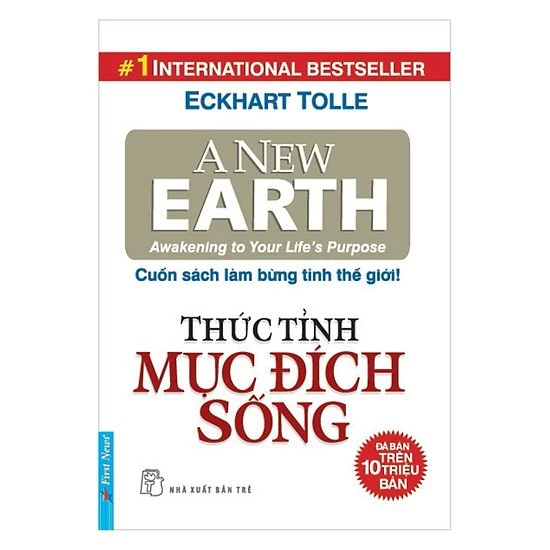 GIẢM
19%
GIẢM
19%
119.880 ₫
148.000 ₫
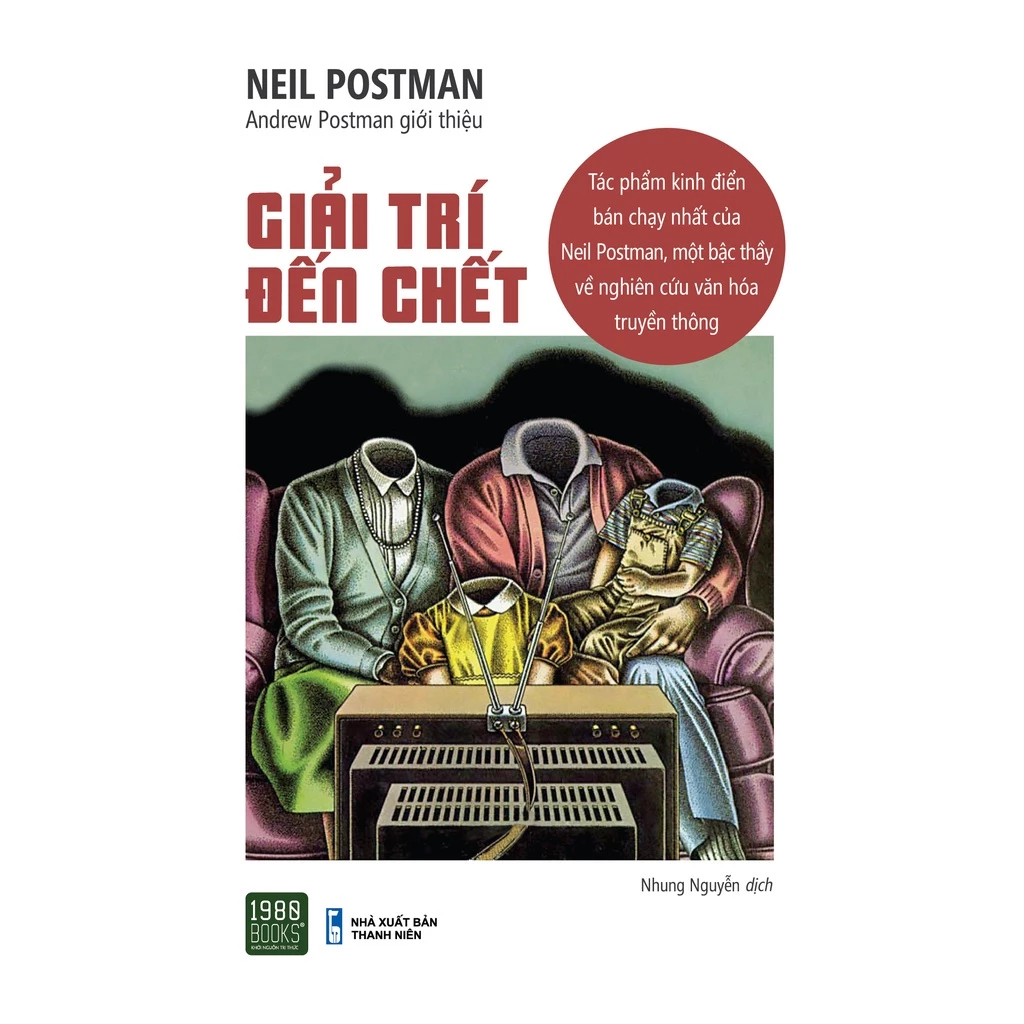 GIẢM
31%
GIẢM
31%
123.187 ₫
179.000 ₫
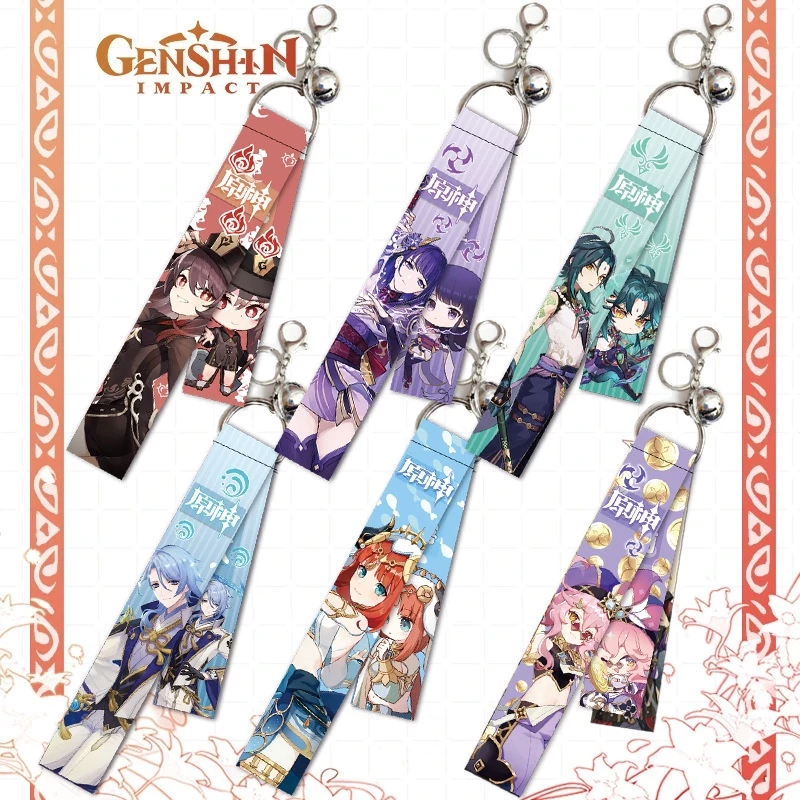 GIẢM
33%
GIẢM
33%
30.000 ₫
45.000 ₫
![[Review Sách] Đọc vị tâm trí](https://down-bs-vn.img.susercontent.com/sg-11134201-7qvdk-libws1cgh4ks57.webp) GIẢM
3%
GIẢM
3%
143.000 ₫
148.000 ₫
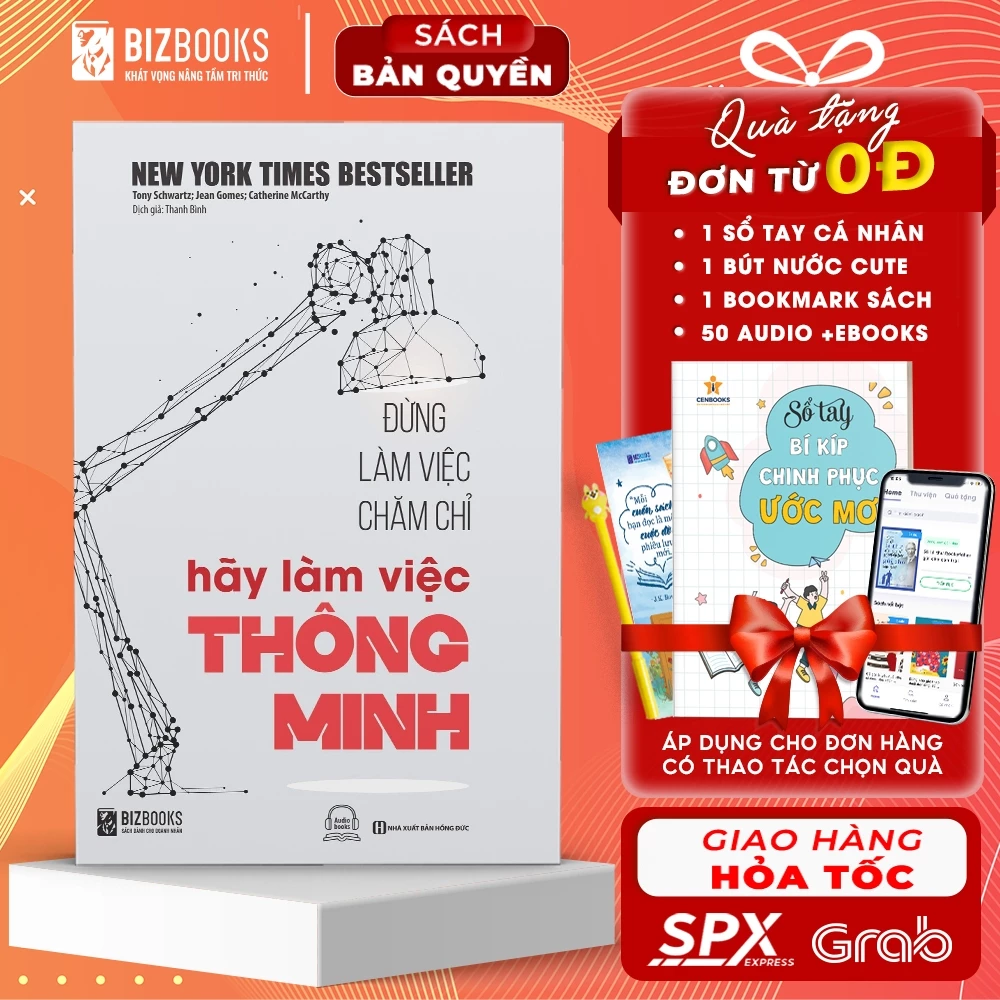 GIẢM
23%
GIẢM
23%
134.750 ₫
175.000 ₫




